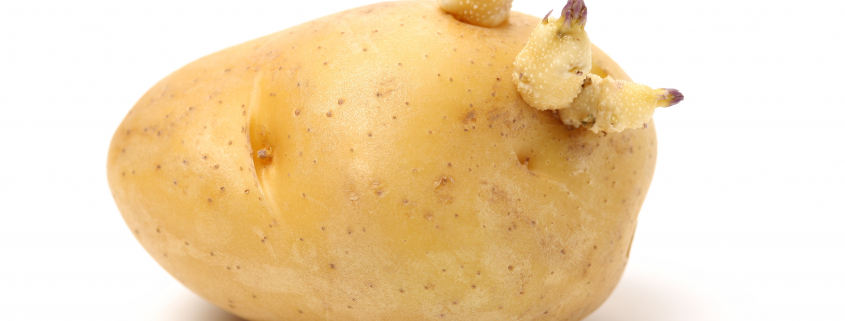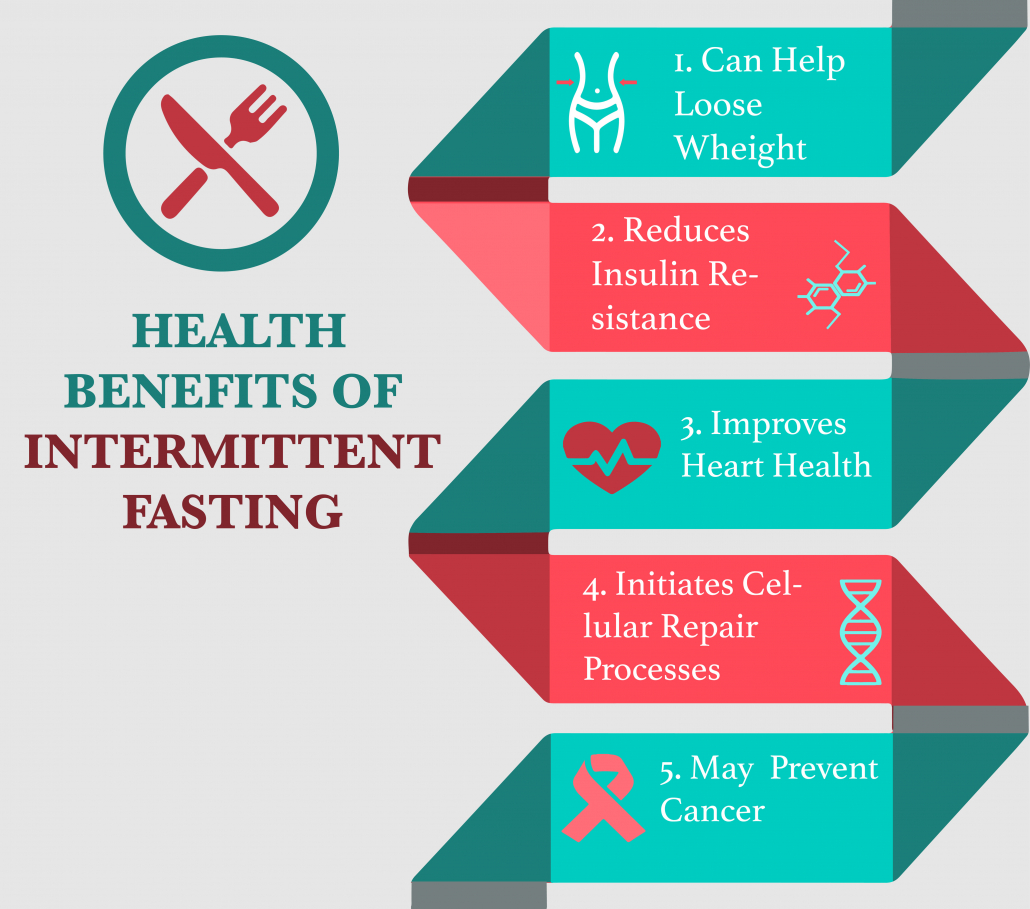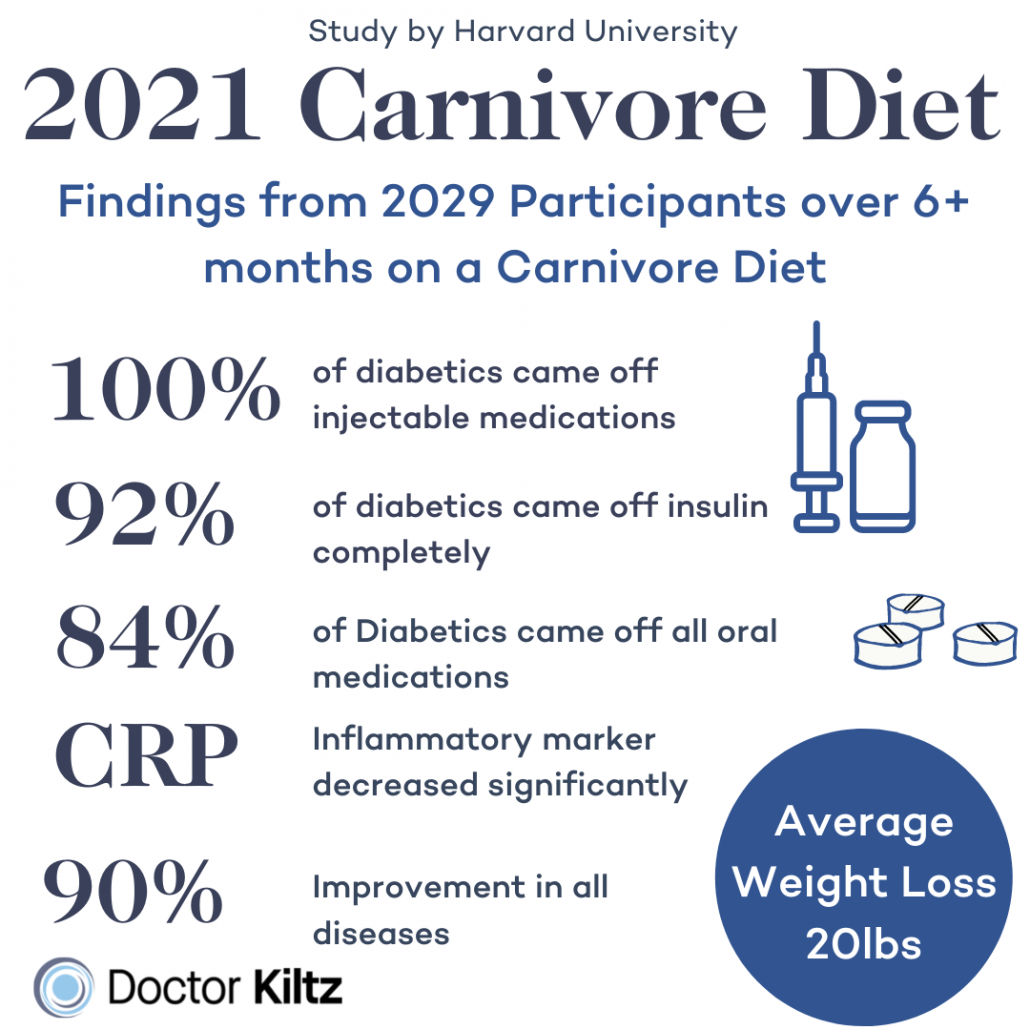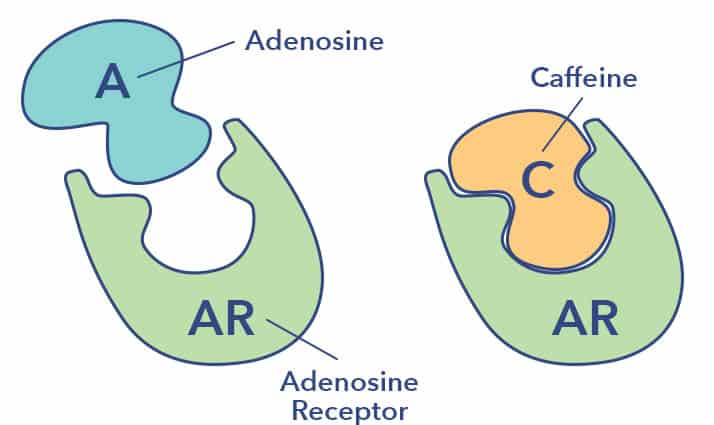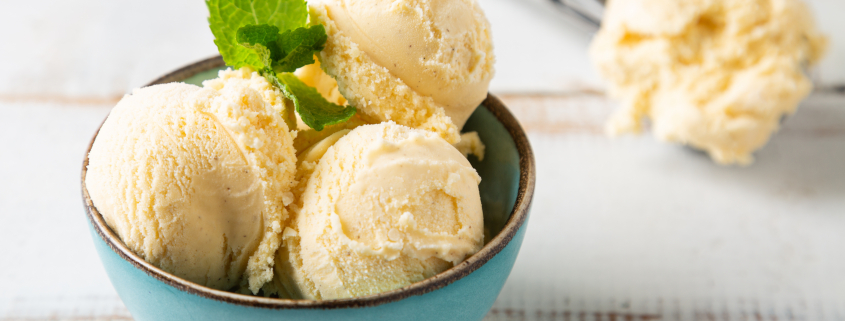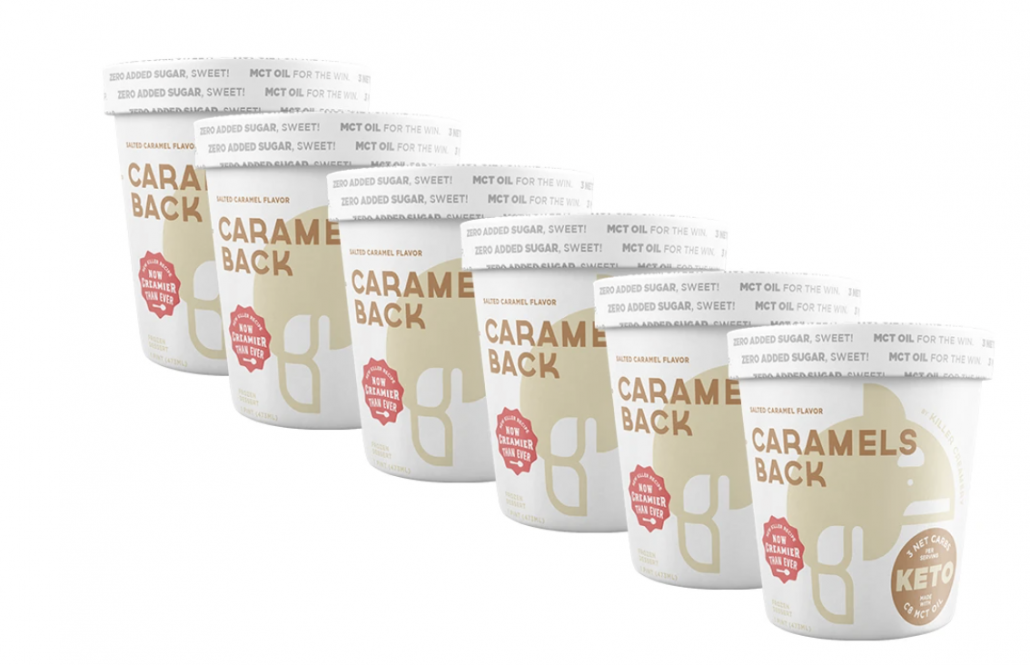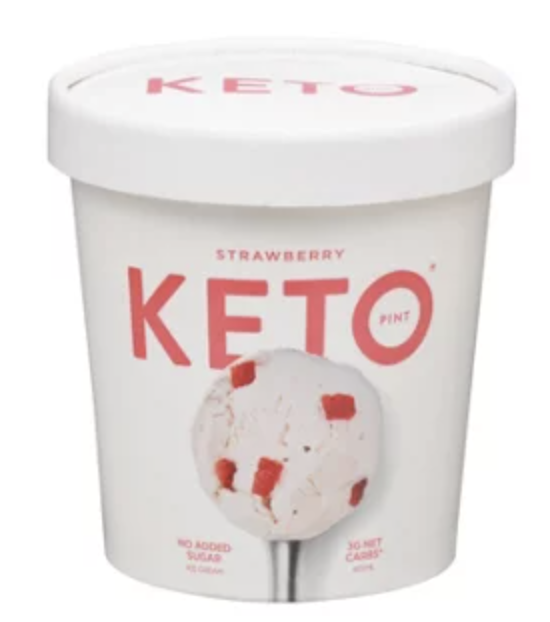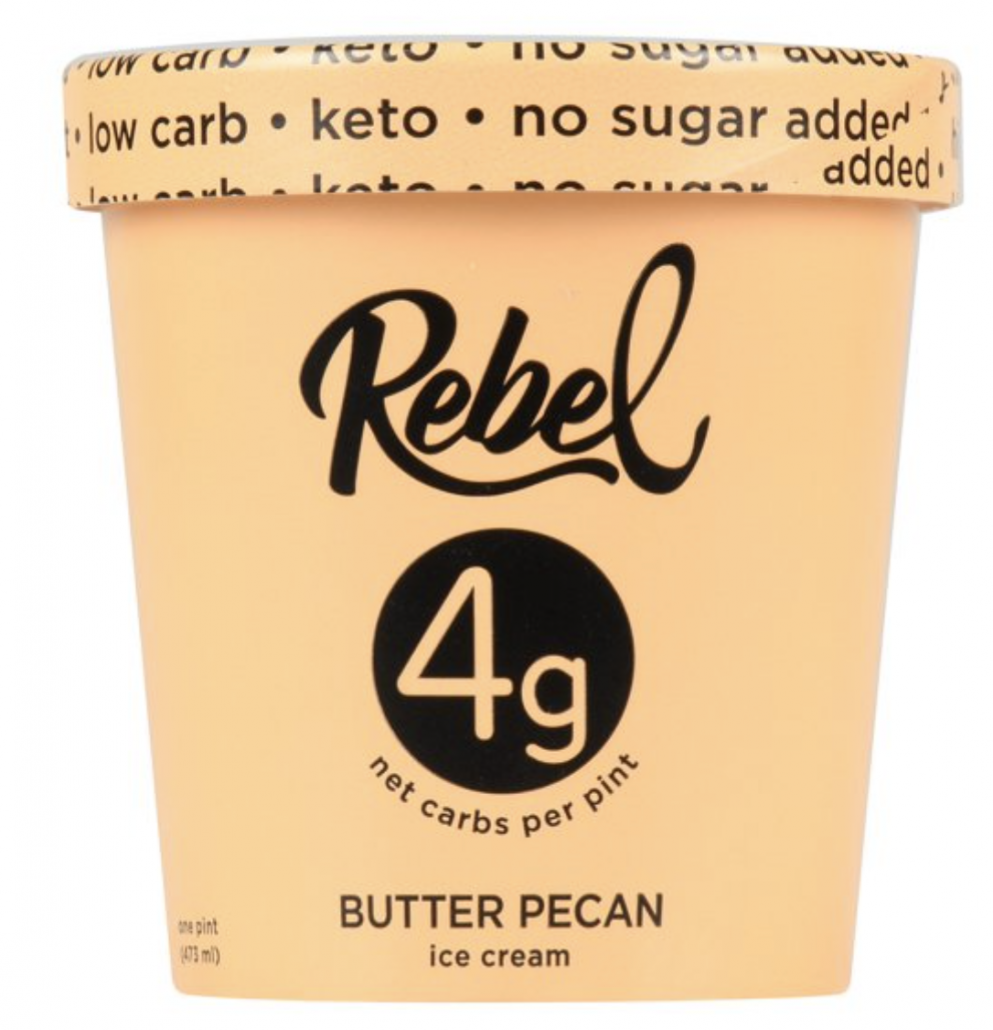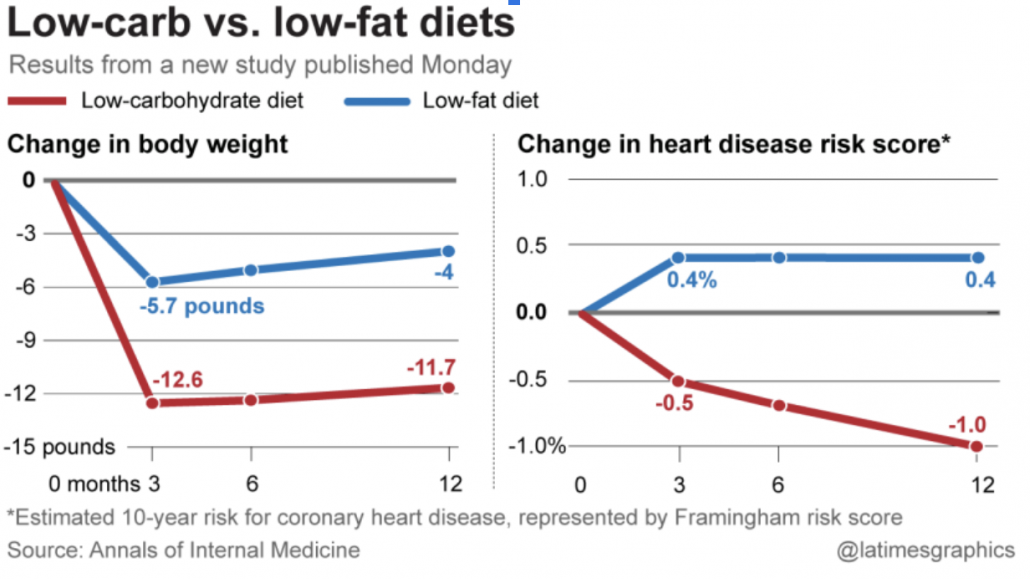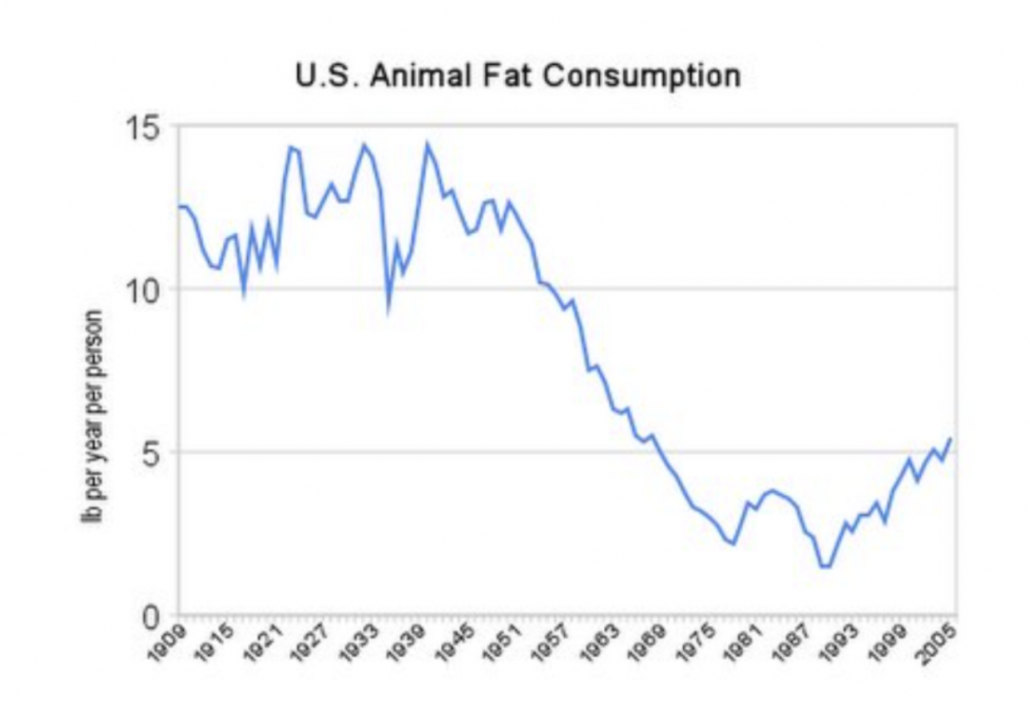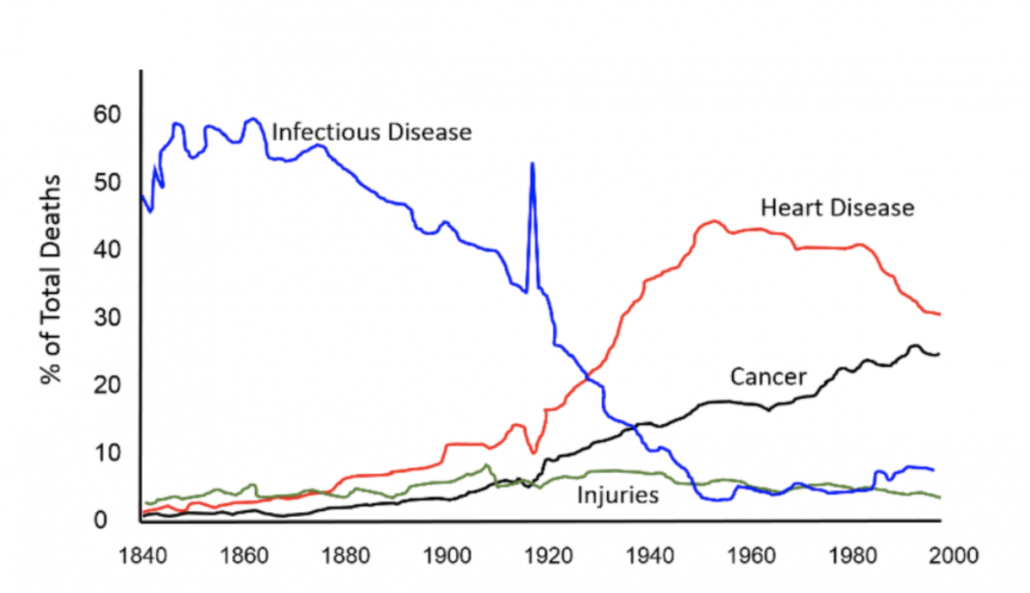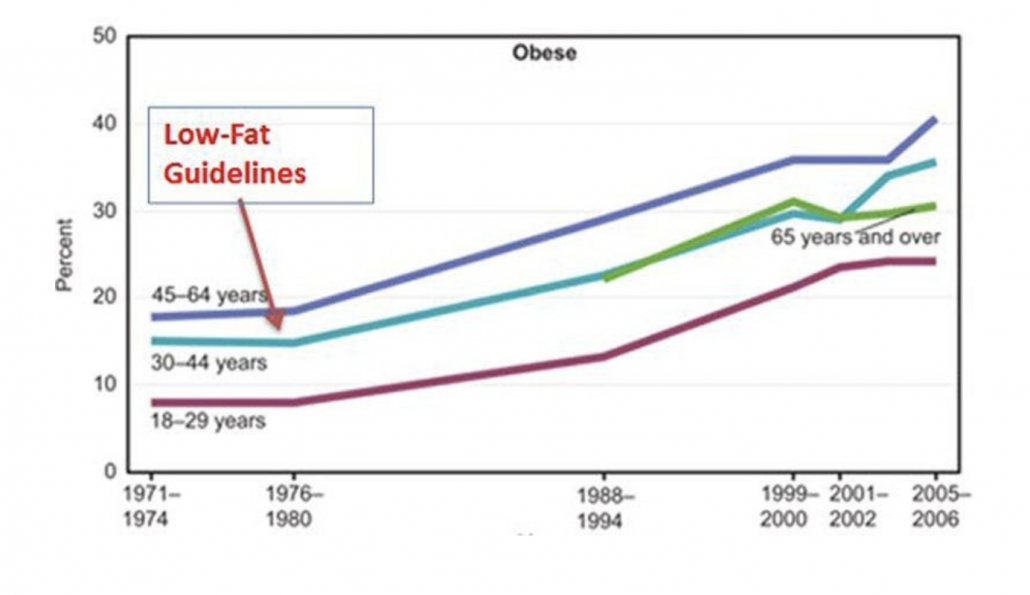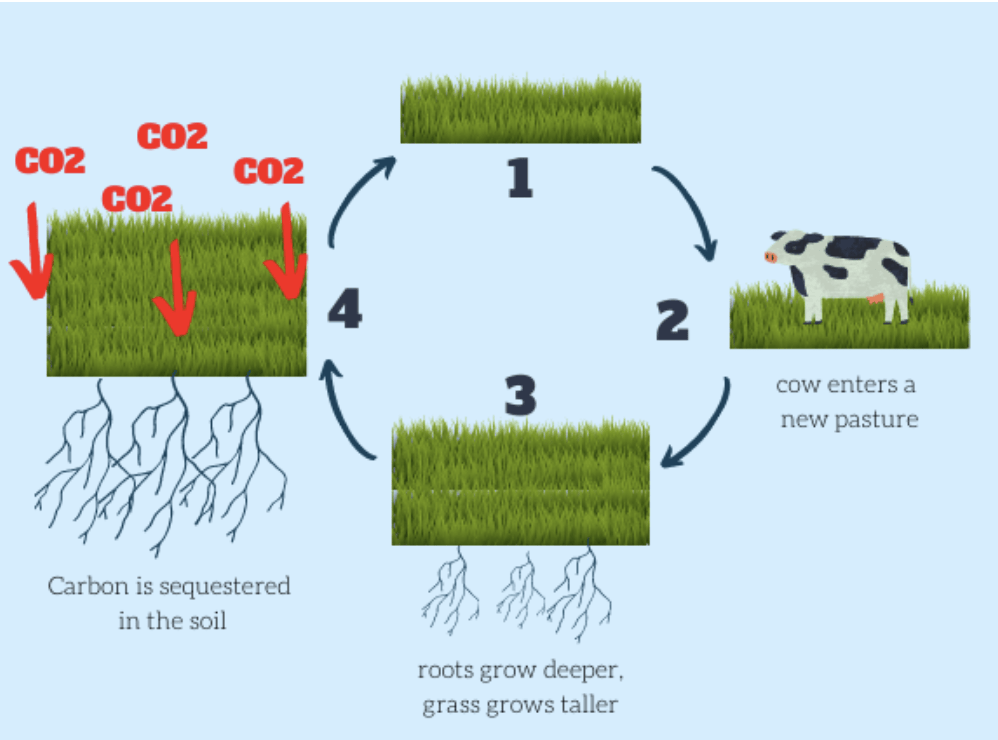What Can You Drink During Intermittent Fasting?
Intermittent fasting is one of the world’s most popular health trends thanks to powerful benefits like reduced inflammation, cellular renewal, weight loss, and longevity. Unlike conventional diets, with IF it’s not so much about what you eat, as when you eat. This leads many people to wonder what you can drink during intermittent fasting periods when not eating.
Fortunately, there are numerous beverages — including some that kill cravings — permitted during fasting periods.
In this article, we’ll explore exactly what you can and can’t drink during intermittent fasting.
[TOC]
Intermittent Fasting Drinks
Here’s a shortlist of beverages you can drink while fasting:
- Water
- Mineral Water
- Sparkling water
- Coffee (no sugar, milk, or other additives)
- Tea (green or black. No milk, or other additives)
Can I Drink Water During Intermittent Fasting?
Often people new to intermittent fasting are confused about whether you can drink water during fasting periods. The short answer is, yes! You can and should drink plenty of water during intermittent fasting.
Water may also help you lose weight. As you hydrate yourself, your body’s rate of metabolism increases.
Drinking water is also essential for regulating your body temperature, keeping joints lubricated, preventing infections, delivering nutrients to cells, and keeping your organs functioning properly.
This is the reason why experts recommend drinking 11 cups of water a day for women and 16 cups on average for men. Drinking water and staying well hydrated will not only help your body, but will also help you improve your mood and sleep quality. [8]
The best water to drink is naturally rich in minerals.
Mineral Water
True mineral water contains electrolytes. These charged particles are responsible for many essential processes in the body . They conduct nervous system impulses, contract muscles, keep you hydrated and regulate your body’s pH levels [1].
Since mineral water manufacturers obtain their water at the source, it contains natural minerals and trace elements that cannot be found in distilled or tap water. Common minerals include sodium, potassium, magnesium, and calcium.
Consuming electrolytes can be especially important when intermittent fasting, and when combining intermittent fasting and keto.
When in a fasted state, most people’s bodies enter into mild ketosis. During this transition, the body flushes fluids and electrolytes as it metabolizes the glycogen (stored glucose) in your muscles.
Replacing these electrolytes by consuming enough salt, and staying hydrated with mineral water can reduce many of the unwanted side effects of fasting (and keto).
Sparkling Water
Sparkling water is simply carbonated water. That means that it only contains carbon dioxide gas and zero calories. Some varieties also contain sodium. Since neither salt nor carbon dioxide contains calories it has no effect on your metabolism, making it completely okay to drink while fasting. [3]
It’s worth noting that sparkling water is slightly acidic leading to fears that it could reduce bone density and affect tooth enamel.
The effects of carbonated water on teeth are mixed. One 2018 study found that carbonated water does reduce the “microhardness” of tooth enamel [4]. Though the damage is minimal when compared to other beverages, the standard view is that they are best to drink with a meal [5].
However, if your sparkling water has sodium in it it may actually benefit your bones and heart health. A study of postmenopausal women, drinking 34 ounces (1 liter) of sodium-rich sparkling water a day for 8 weeks resulted in improved calcium retention when compared to plain mineral water [6].
Another study of 18 postmenopausal women found that drinking sodium-rich carbonated water decreased inflammatory markers, (bad) LDL cholesterol, and blood sugar while increasing (good) HDL cholesterol. Furthermore, those who drank carbonated water had an estimated 35% lower risk of developing heart disease within 10 years [7].
The Takeaway: Drinking carbonated water while intermittent fasting is acceptable and safe. If it has sodium in it, it may benefit your bones and heart health.
Coffee
Coffee is an excellent beverage while intermittent fasting. A cup of black coffee has only 1 calorie, which is negligible.
The caffeine in coffee can boost energy and reaction time, while increasing your metabolic rate by 3-11%, thereby helping you burn more fat.
It also increases the levels of epinephrine (or adrenaline) in your body, which helps improve your physical performance.
Coffee also contains some nutrients such as vitamin B2, vitamin B5, and vitamin B3, manganese, and potassium.
Coffee may also lower the risk of type 2 diabetes. Studies show a reduced risk of 23% to 50% of type 2 diabetes in people who drink coffee.
Coffee may also be protective against Alzheimer’s disease and Dementia, Parkinson’s, certain types of cancer, depression, heart disease, and stroke [8][9]
The takeaway: Coffee is a great intermittent fasting beverage, and may offer numerous health benefits. Keep in mind that coffee can be hard on an empty stomach, so it may work best when intermittent fasting is combined with a ketogenic or carnivore diet meal plan that includes slow-digesting fatty foods.
Can I have coffee with cream during a fast?
This depends on how strictly you’re practicing IF.
If you have an ample amount of weight to lose, you may want to be stricter and stick with black coffee only on your fast. Some people swear by bulletproof coffee (coffee with added MCT oil or coconut oil), as its medium-chain triglycerides are thought to speed up the process of getting into ketosis.
Tea
Tea is another excellent beverage to drink during intermittent fasting. Tea may improve the effectiveness of your fast by maintaining gut health while also increasing your feelings of fullness to help you get through the fast.
Studies have shown that some teas–especially green tea–may be anticarcinogenic while reducing the likelihood of heart disease, diabetes [10][11][12].
Although a lot of brews are just named tea, purists only consider green tea, black tea, white tea, oolong tea, and pu-erh tea the real thing. All these teas contain caffeine and theanine which heighten mental alertness [13][14].
Since tea contains less caffeine than coffee, it is a good alternative for people sensitive to caffeine. However, you need to make sure to have your tea without any artificial sweeteners or cream as these can break your fast. [15]
Lemon Water?
This one is a bit controversial. Some people allow for lemon water when fasting, however, fasting means consuming zero calories. A cup of water with half the juice of a lemon has 6 calories [2].
Though an extremely low-calorie drink, some fasting purists including Dr. Kiltz abstain and recommend others do so as well. In fact, Dr. Kiltz believes we should be avoiding all fruits and vegetables do not belong on any diet, whether intermittent fasting or not.
Liquids to Avoid While Intermittent Fasting
Some liquids should be avoided during IF. Most of these liquids contain too much sugar to be compatible with fat metabolism, which is one of fasting’s major goals. The list includes:
- Milk, heavy cream, or other dairy drinks
- Coconut water
- Diet soda
- Juice
- Alcohol
- Almond and nut milks
Coconut water
Coconut water averages around 9.5 grams of sugar per serving, which will not you out of a fasted state.
Diet soda
Can you drink diet soda while intermittent fasting? It’s probably not a good idea. While diet soda is free from calories, it contains potential neurotoxins and can still cause your body to produce too much insulin.
Juice
Juices should not be taken during a fast since they are high in sugar, and therefore contain calories.
Alcohol
In general, it’s best to avoid alcohol entirely during fasting since it contains calories that will break your fast. Alcohol can also dehydrate your body and spike your blood sugar levels as soon as it is in your bloodstream.
Some people feel, however, that small amounts of high-quality wine can actually enhance the fasted state.
Almond and Nut Milks
Almond milk will definitely break your fast. It contains carbohydrates and has 30 to 80 calories per 8 ounces [9].
What Can You Drink During Intermittent Fasting: The Takeaway
The best drink during intermittent fasting is mineral water. Other liquids to drink while fasting include sparkling water (with sodium is best), unsweetened tea, and black coffee.
Avoid all liquids from fruit or with added sugars as these will interrupt your fasted state.













